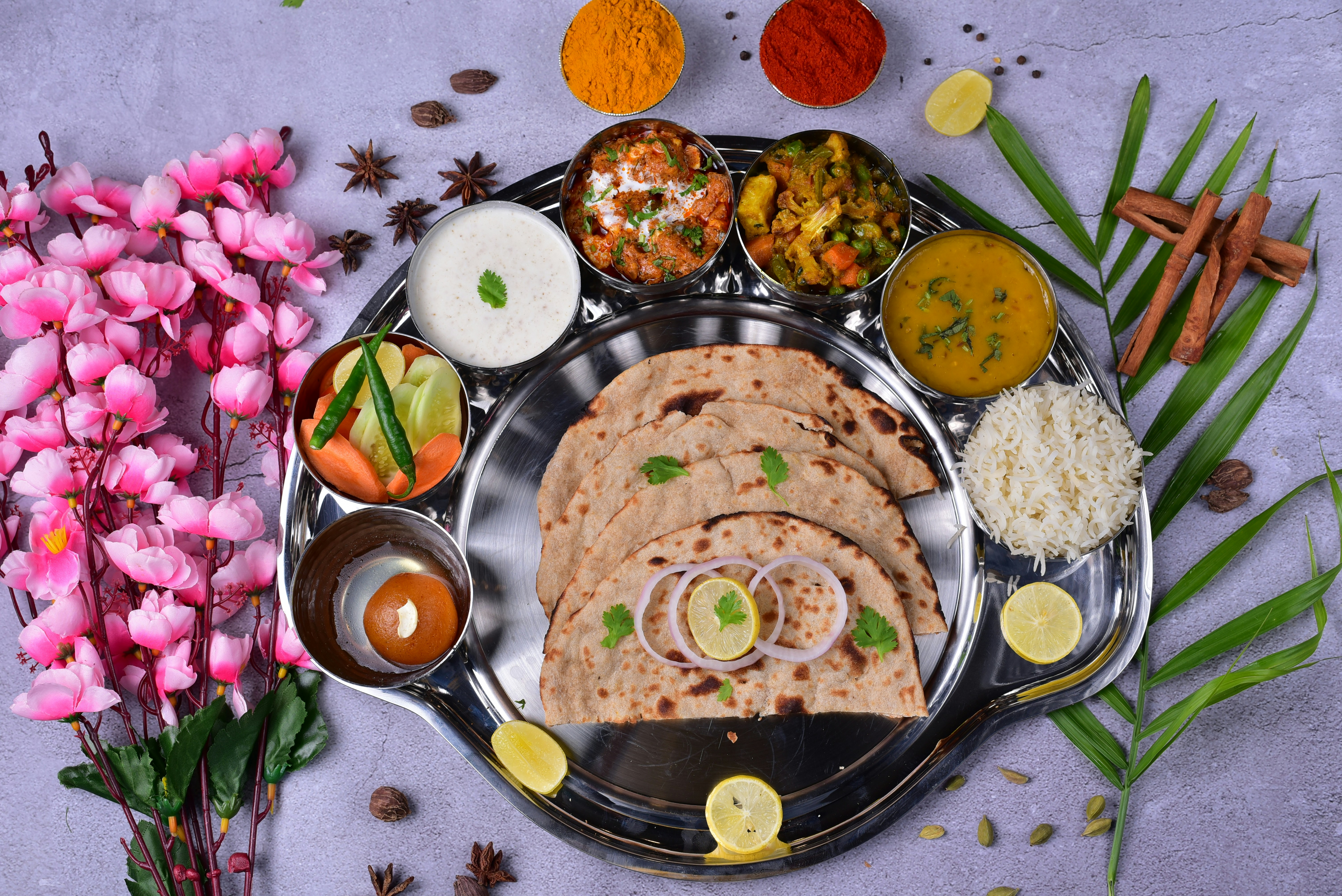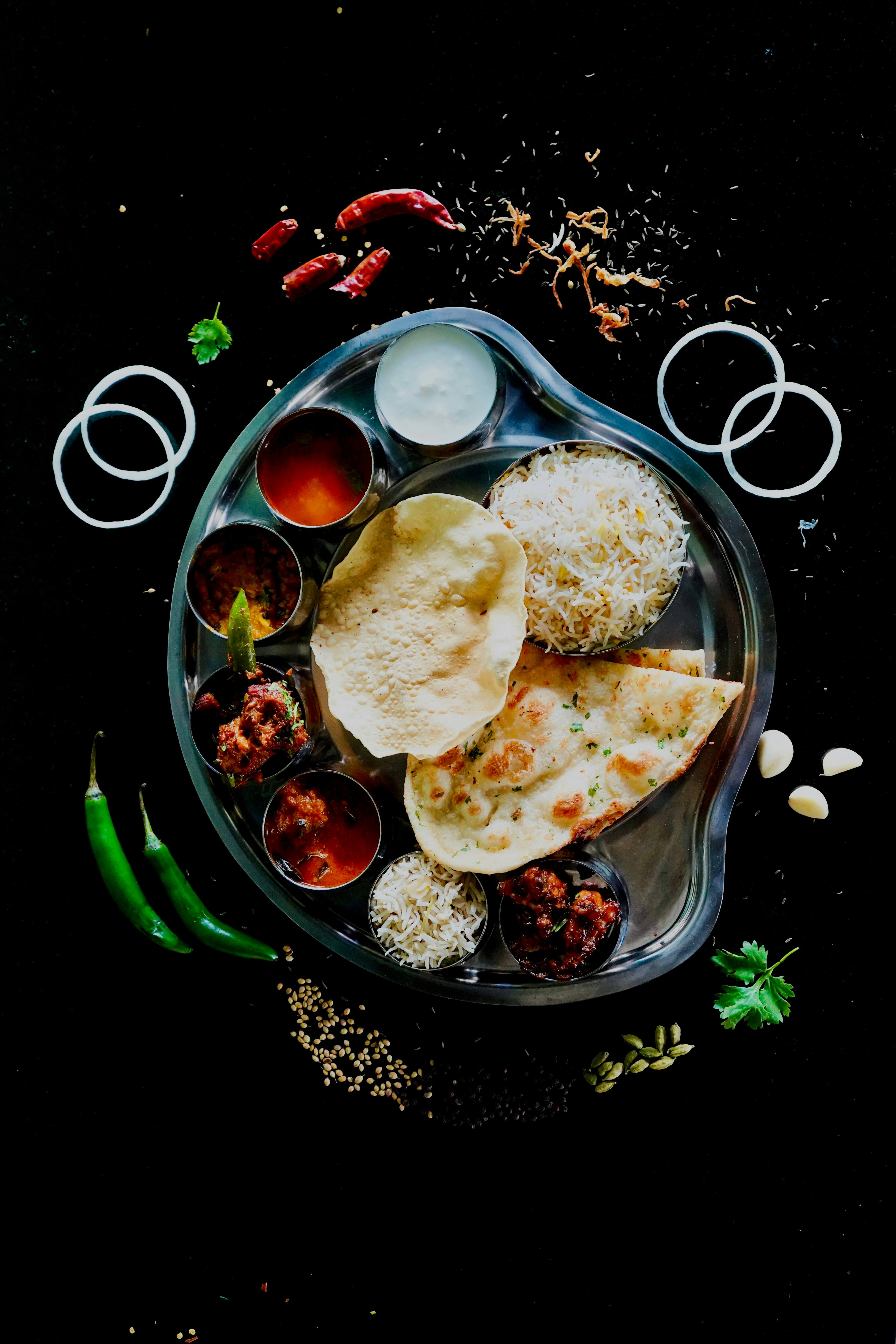
Decoding the Indian Restaurant Menu: Terms and Dishes Explained
Walking into an Indian restaurant for the first time can be both exciting and overwhelming. The menu might feature unfamiliar terms, numerous sections, and dishes with names you’ve never encountered before. But don’t worry—this comprehensive guide will help you navigate Indian restaurant menus with confidence, understand what you’re ordering, and ensure a delightful culinary experience.
Understanding the Structure of Indian Restaurant Menus
Most Indian restaurant menus follow a similar structure, though there may be regional variations. Here’s how they’re typically organized:
Appetizers (Starters/Entrées)
In Indian restaurants, appetizers are often called “starters” or sometimes “entrées” (not to be confused with main courses in American dining). These small dishes are perfect for sharing and sampling different flavors.
Common appetizers you’ll find include:
- Samosas - Triangular pastries filled with spiced potatoes, peas, and sometimes meat
- Pakoras - Vegetable fritters coated in chickpea flour batter and deep-fried
- Papadum/Poppadoms - Thin, crispy lentil wafers often served with chutneys
- Chaat - Savory snacks featuring a mix of textures and flavors, often with a tangy tamarind sauce
- Kebabs - Grilled meat or vegetable pieces marinated in spices
For first-timers, samosas and papadum make excellent choices as they’re mild and approachable in flavor.
Bread Section
Bread plays a crucial role in Indian cuisine, especially in North Indian restaurants. Unlike Western meals where bread might be a side, Indian breads are essential for scooping up curries and sauces.
Common bread varieties include:
- Naan - Soft, leavened flatbread baked in a tandoor (clay oven)
- Roti/Chapati - Unleavened whole wheat flatbread, simpler and healthier than naan
- Paratha - Flaky, layered flatbread that can be plain or stuffed with fillings
- Kulcha - Soft bread similar to naan but with added ingredients like onion or potato
- Bhatura - Deep-fried, fluffy bread often served with chickpea curry (chole)
For beginners, plain naan is an excellent starting point—it’s soft, slightly chewy, and perfect for scooping up curry.
Main Course Sections
Main courses are typically divided into vegetarian and non-vegetarian sections. Within these, you might find further categorizations:
Vegetarian Mains
- Paneer Dishes - Made with Indian cottage cheese
- Legume-based Dishes - Like dal (lentils) and chole (chickpeas)
- Vegetable Curries - Various vegetables in different sauces
- Aloo Dishes - Potato-based curries
Non-Vegetarian Mains
- Chicken Dishes - Various chicken preparations
- Lamb/Goat Dishes - Curries and dry preparations
- Seafood - Fish and prawn curries
- Tandoori Specialties - Meats cooked in a clay oven
Rice and Biryani
Rice dishes might be in their own section, featuring:
- Plain Rice - Steamed basmati rice
- Pulao - Rice cooked with spices and sometimes vegetables
- Biryani - A complete meal of rice cooked with meat or vegetables and aromatic spices
- Jeera Rice - Rice flavored with cumin seeds
Accompaniments and Sides
These enhance your main dishes:
- Raita - Yogurt mixed with vegetables, herbs, and mild spices
- Chutneys - Concentrated condiments ranging from sweet to spicy
- Pickles (Achar) - Intensely flavored preserved vegetables or fruits
- Papads/Poppadoms - Sometimes listed as sides rather than appetizers
Desserts
Indian desserts are typically very sweet and often milk-based:
- Gulab Jamun - Deep-fried milk solids soaked in sugar syrup
- Kheer/Payasam - Rice pudding
- Kulfi - Dense, frozen dairy dessert similar to ice cream
- Gajar Halwa - Carrot pudding
- Rasmalai - Cheese dumplings in sweetened, thickened milk
Beverages
Traditional Indian drinks include:
- Lassi - Yogurt-based drink, either sweet or salty
- Masala Chai - Spiced tea with milk
- Nimbu Pani - Lemonade with salt and sometimes cumin
- Mango Shake - Mango pulp blended with milk
Decoding Common Cooking Methods
Understanding how a dish is prepared can give you clues about its flavor and texture:
Tandoori
Dishes labeled “tandoori” are cooked in a tandoor, a traditional clay oven. These items are typically marinated in yogurt and spices, then roasted at high temperatures. Tandoori dishes are generally dry (not saucy) with a distinctive smoky flavor. Examples include Tandoori Chicken, Chicken Tikka, and Seekh Kebab.
Curry
“Curry” refers to any dish with a sauce or gravy. The consistency can range from thin and soup-like to thick and creamy. The flavor profiles vary enormously—some are mild and creamy (like korma), while others are spicy and tangy (like vindaloo).
Biryani
Biryani is a complete meal where rice is cooked with meat or vegetables, along with aromatic spices. It’s typically layered and slow-cooked to allow flavors to meld together.
Tikka
Tikka refers to small pieces of meat or vegetables marinated and then grilled or roasted. Tikka Masala dishes feature these grilled pieces served in a sauce.
Saag/Palak
These terms indicate spinach-based dishes. Saag can refer to any leafy green, while palak specifically means spinach.
Understanding Spice Levels and How to Communicate Preferences
Indian cuisine is known for its complex spice blends, but “spicy” doesn’t always mean “hot.” Many dishes use numerous spices for flavor without adding heat.
Spice Level Indicators
Some menus mark spice levels with symbols (like chili peppers) or descriptors (mild, medium, hot). If you’re unsure, ask your server.
Common Terms Related to Spice Levels
- Mild/Makhani/Korma - Generally creamy and mild
- Medium/Tikka Masala/Rogan Josh - Moderate spice levels
- Hot/Vindaloo/Phaal - Very spicy dishes
How to Communicate Your Spice Preference
Most Indian restaurants are accustomed to adjusting spice levels for customers. Don’t hesitate to:
- Ask for dishes to be prepared mild if you’re sensitive to spice
- Request medium spice if you enjoy some heat but don’t want it overwhelming
- Order spicy only if you’re confident in your spice tolerance
Remember that “Indian spicy” might be different from what you’re used to, so it’s better to start milder and work your way up in future visits.
Vegetarian vs. Non-Vegetarian Sections
Indian cuisine offers an abundance of vegetarian options due to the country’s cultural and religious traditions. Menus clearly separate vegetarian and non-vegetarian sections.
Menu Symbols
Look for these common indicators:
- Green dot or “Veg” - Vegetarian dishes
- Red dot or “Non-Veg” - Non-vegetarian dishes
- “V” - Vegetarian
- “VG” - Vegan (though not all restaurants distinguish vegan options)
Understanding “Pure Vegetarian”
Some restaurants advertise themselves as “Pure Vegetarian,” meaning they don’t serve any meat products and often don’t use eggs either. These restaurants cater to strict vegetarians and those following certain religious dietary practices.
Tips for Ordering a Balanced Indian Meal for First-Timers
For a well-rounded first experience with Indian cuisine, consider this approach:
A Balanced First Order
- One bread (naan or roti)
- One rice dish (plain rice or pulao)
- One protein-based main dish (chicken, lamb, paneer, or dal)
- One vegetable dish
- One cooling accompaniment (like raita)
Recommended Combinations for Beginners
Here’s a sample order for 2-3 people new to Indian cuisine:
- Appetizer: Vegetable Samosas or Papadum with Chutney
- Bread: Plain Naan or Garlic Naan
- Rice: Plain Basmati Rice
- Main Dishes (choose 2-3):
- Butter Chicken or Chicken Tikka Masala (mild, creamy tomato-based curry)
- Dal Makhani (creamy black lentil dish)
- Paneer Tikka (grilled cheese cubes) or Malai Kofta (vegetable and cheese dumplings)
- Side: Cucumber Raita
- Dessert: Gulab Jamun (for a sweet ending)
Asking for Recommendations
Don’t hesitate to ask your server for recommendations. Let them know it’s your first time trying Indian food, and they can guide you toward approachable dishes that match your preferences.
Common Menu Terms and What They Mean
Here’s a quick reference guide to common terms you’ll encounter on Indian restaurant menus:
- Aloo - Potato
- Chaat - Savory snack
- Chole/Chana - Chickpeas
- Dal - Lentils
- Ghee - Clarified butter
- Gosht - Meat (usually lamb or goat)
- Kadhai/Karahi - Cooked in a wok-like vessel with bell peppers and onions
- Korma - Mild, creamy curry
- Makhani - “Buttery,” rich and creamy
- Masala - Spice blend
- Murgh - Chicken
- Palak/Saag - Spinach/leafy greens
- Paneer - Indian cottage cheese
- Rogan Josh - Medium-spicy lamb curry
- Tikka - Small pieces of meat or vegetables
- Vindaloo - Very spicy curry with vinegar notes
Conclusion: Embrace the Adventure
Indian cuisine offers a world of flavors waiting to be explored. While the menu might seem daunting at first, remember that every experienced Indian food lover was once a beginner too. Start with milder, more accessible dishes and gradually expand your palate as you become more comfortable.
Don’t be afraid to ask questions, express your preferences, and step outside your comfort zone—just a little at a time. Indian restaurants are generally very accommodating to newcomers and happy to guide you through your culinary journey.
With this guide in hand, you’re well-equipped to navigate your first Indian restaurant experience with confidence. So gather some friends, find a well-reviewed Indian restaurant, and prepare for a memorable feast of flavors, aromas, and textures that might just turn you into a lifelong fan of this magnificent cuisine.
Ready for your next step in exploring Indian cuisine? Check out our other beginner guides, including “Essential Indian Spices: A Visual Guide for Newcomers” and “How to Order Indian Food: A Step-by-Step Guide for First-Timers.”
Related Articles

North vs. South: Understanding the Two Major Indian Cuisine Styles
Explore the distinct differences between North and South Indian cuisines, from ingredients and cooki...

How to Order at an Indian Restaurant: A Beginner's Guide
Navigate Indian restaurant menus with confidence. Learn what to expect, how to order, and how to enj...